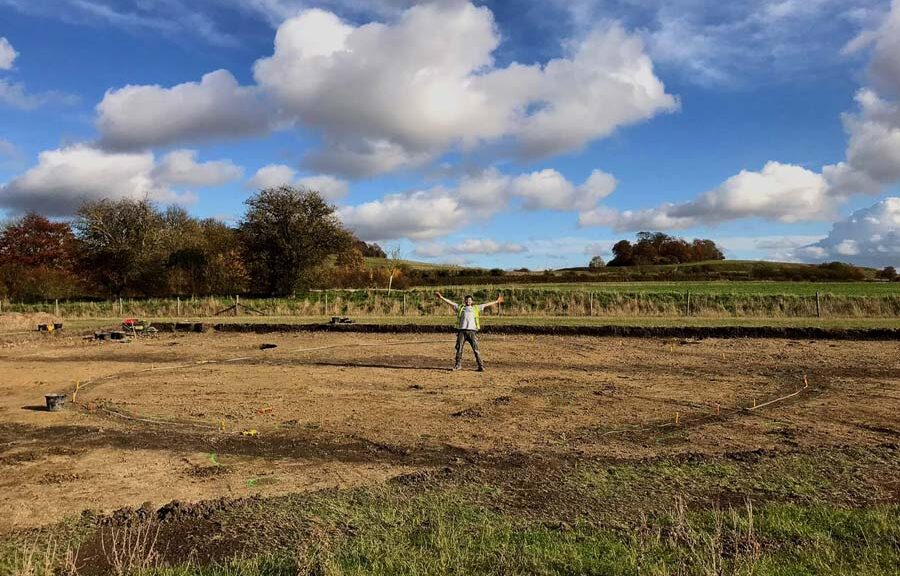Archaeologists find unexpected iron age settlement in Oxfordshire
The findings of a team of archaeologists from DigVentures revealed the ruins of at least 15 roundhouses from the 4th-century B.c. to the early first century CE, along with the remains of a massive Roman villa built over the abandoned homes in the late 3rd to early 4th century CE.

In the protective shadow of Wittenham Clumps, some 50 miles west of London, the Iron Age settlement and the Roman villa are the site of an Iron Age hillfort on the banks of the River Thames.
Exactly where the people who used the hillfort actually lived had remained uncertain, but the DigVentures archaeologists believe they now have an answer.

“Given how close we are to the hillfort, it’s not surprising that there’s a settlement here — it’s the sheer scale of it that’s impressive,” said Chris Casswell, head of fieldwork at DigVentures.
“We weren’t expecting to find so many houses within such a small space — the area we’ve excavated is just over a hectare and the settlement itself is clearly much larger.”
“We’ve still only uncovered one corner of it. What’s surprising is that hardly any of it showed up on the initial geophysics survey, probably due to a quirk in the local geology. It was only when we started digging that we were able to reveal the true extent of what is her.”
The Iron Age houses range in size from 8 to 15 m (26-49 feet) in diameter, but the majority are around 10 m (33 feet) in diameter and provide a living area of at least 78 m2.
Among the remains, the researchers unearthed an Iron Age ‘fridge’ or pantry — a collection of ceramic food storage vessels that would have been kept cool and safe within a pit dug into the ground.
A fragment of daub that appears to have been painted was also found, which suggests that rather than simply being mud-coloured, the walls of the roundhouses may have been decorated.


The team also revealed the footprint of a Roman villa, built on the site of the abandoned roundhouses.
Measuring 30 m (98 feet) long, and with at least 7 column bases, it appears to be a ‘winged corridor villa’ and would have been home to a wealthy family with a working farmstead.
Among the Roman remains, the scientists found cooking utensils like strainers, spoons, knives, a ladle, cooking pots, and tableware, a surgical spatula probe that would have been used for applying ointments and oils to wounds, and well-preserved bone combs. There’s also a corn dryer, used for drying corn after harvest.
“It’s everything you’d expect to find at a busy settlement, but that’s what’s so exciting about it — these are the foods, homes, and artefacts that made up the everyday reality of these people’s lives,” Casswell said.
